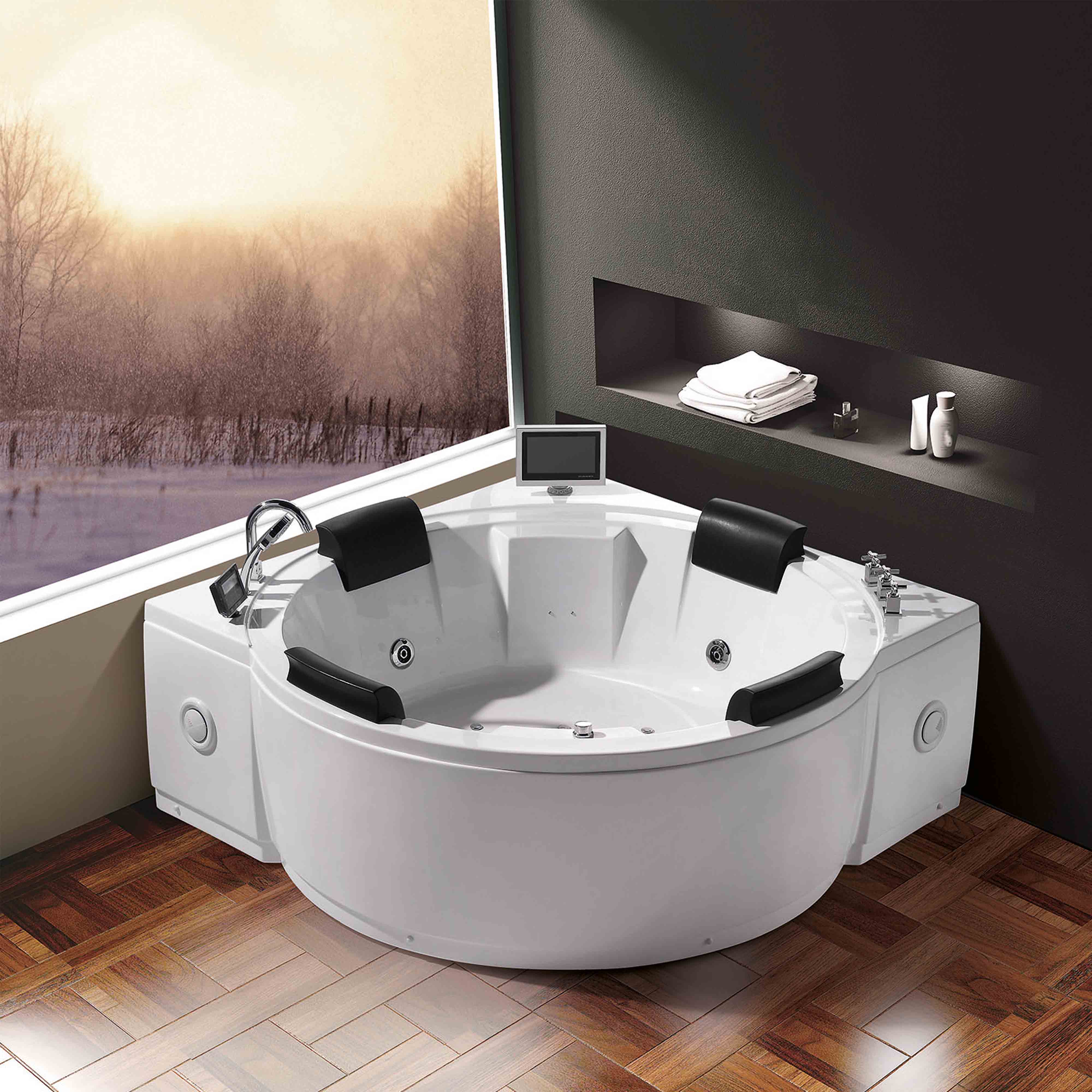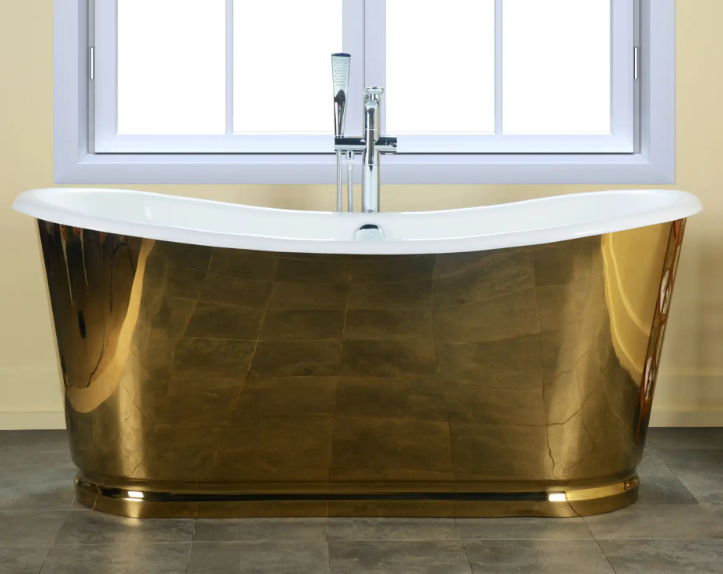Choosing the right bathtub for your home is more than just picking a fixture—it’s about creating a relaxing, functional, and aesthetically pleasing space. A well-chosen bathtub can enhance your bathroom’s comfort, style, and even increase your home’s value. Here are some detailed tips to help you make an informed decision when selecting a bathtub.
1. Space Planning and Placement
Before purchasing a bathtub, carefully plan its placement. Accurately measure the available space, including the distance from walls, doors, and other bathroom fixtures. Remember that leaving enough room around the bathtub is essential for ease of access and cleaning. Consider the bathtub’s orientation: whether it will be installed against a wall, in a corner, or as a freestanding centerpiece. Freestanding bathtubs often require more space but can serve as a stylish focal point in larger bathrooms. Proper space planning ensures that your bathtub fits comfortably without overcrowding the room.
2. Size Selection
Choosing the right size is essential for comfort and usability:
Standard Bathtubs: Most standard bathtubs range from 150–170 cm in length, 70–90 cm in width, and 36–52 cm in height. A common size is 1700 mm × 750 mm, which fits most bathrooms while providing sufficient space for a relaxing soak.
Small Bathrooms: If your bathroom is compact, consider smaller models such as 900 mm × 750 mm. These bathtubs save space without compromising basic functionality and allow room for other essential fixtures.
Double Bathtubs: For larger bathrooms or master suites, double bathtubs offer extra length and width for two users. Typical dimensions range from 1700–2000 mm in length, 1100–1800 mm in width, and 580–800 mm in height. They are ideal for couples who want to enjoy a bath together, and many models also feature separate massage functions for added relaxation.

3. Consider Family Members’ Height
The height and body size of your family members significantly influence bathtub comfort:
Tall Users: If most users are tall, choose a longer and deeper bathtub to allow stretching and full immersion. This provides maximum relaxation and prevents discomfort from cramped positions.
Shorter Users: For shorter individuals, a smaller bathtub is easier to enter and exit, enhancing safety and convenience. Consider bathtubs with lower sides or ergonomic designs for easier access.

4. Shape and Function
Bathtubs come in various shapes and functional options, so choose according to your bathroom layout and lifestyle needs:
Shape Options:
Rectangular: Fits efficiently against walls, maximizes space usage, and works well in most bathroom layouts.
Fan-shaped: Ideal for corners, saving space while offering a slightly wider soaking area.
Round or Oval: Provides a modern and stylish look; best suited for larger, open bathrooms.
Functional Options:
Massage Bathtubs: Equipped with hydrotherapy jets or whirlpool features, perfect for relaxation and stress relief.
Standard Bathtubs: Affordable, practical, and easier to maintain, making them a good choice for everyday use.

5. Material Selection
The material of your bathtub affects durability, maintenance, and appearance:
Acrylic: Lightweight, easy to install, and available in many shapes and colors. Acrylic bathtubs retain heat well, offering a comfortable bathing experience.
Cast Iron: Extremely durable and excellent at retaining heat. Cast iron bathtubs are heavier and may require reinforced flooring but provide a classic and long-lasting option.

Enameled Steel: Affordable and sturdy, with a classic look. Enameled steel bathtubs are resistant to scratches and corrosion, though they may be slightly colder to the touch.
6. Installation, Drainage, and Safety
Installation & Drainage: Ensure that the bathtub’s drain aligns with your plumbing to avoid costly renovations. Some bathtubs offer flexible drain positions, which can simplify installation.
Safety Features: Look for anti-slip surfaces, comfortable edge heights, and rounded corners, especially if you have children or elderly family members. These features help prevent accidents and make bathing safer for everyone.
Ease of Cleaning: Consider smooth, non-porous surfaces and simple designs to make daily cleaning easier and reduce the risk of mold or soap buildup.
Summary
Choosing the right bathtub involves balancing style, comfort, functionality, and budget. Key considerations include bathroom size, family members’ height, intended usage (single, double, massage, or standard), material, and installation requirements. Thoughtful planning ensures that your bathtub not only fits your space but also enhances the overall aesthetic and comfort of your bathroom. By carefully evaluating these factors, you can select a bathtub that meets your practical needs while creating a relaxing and enjoyable bathing experience for years to come.
